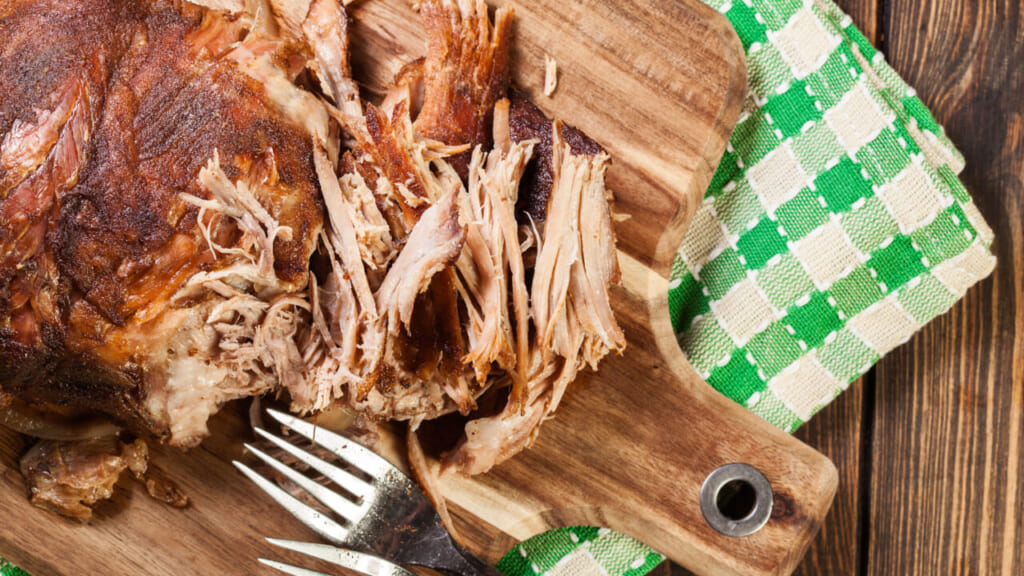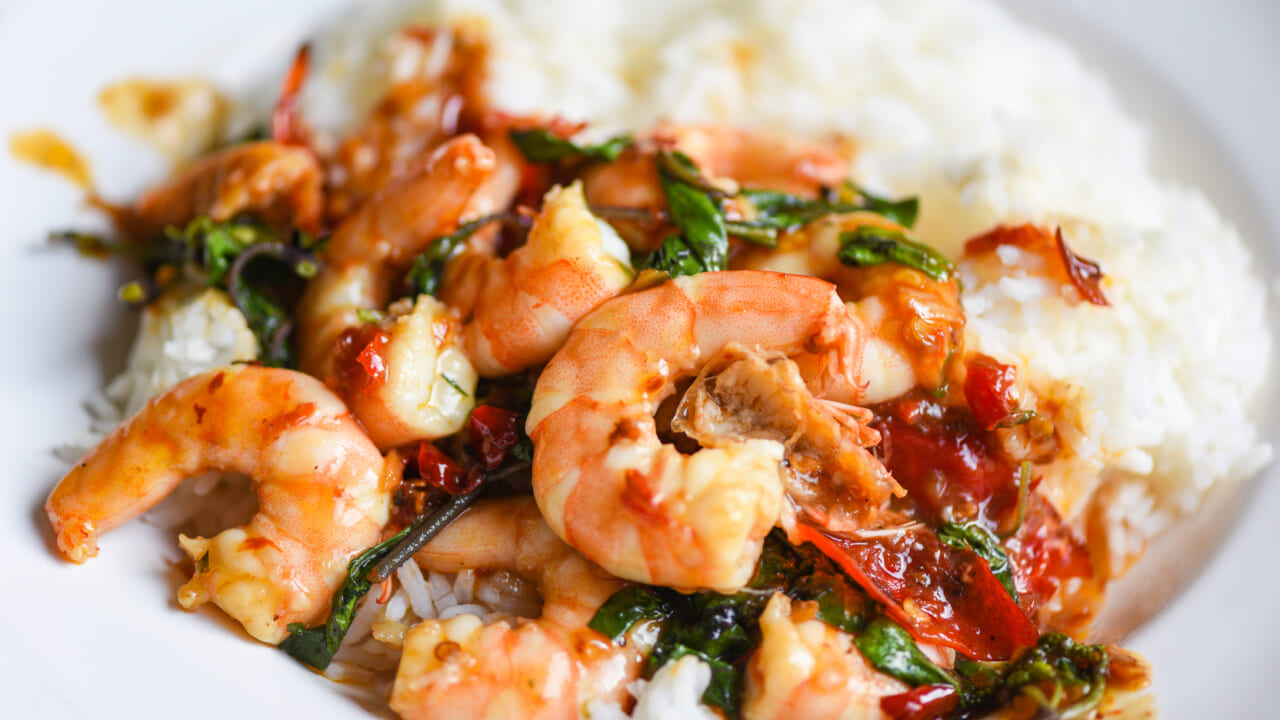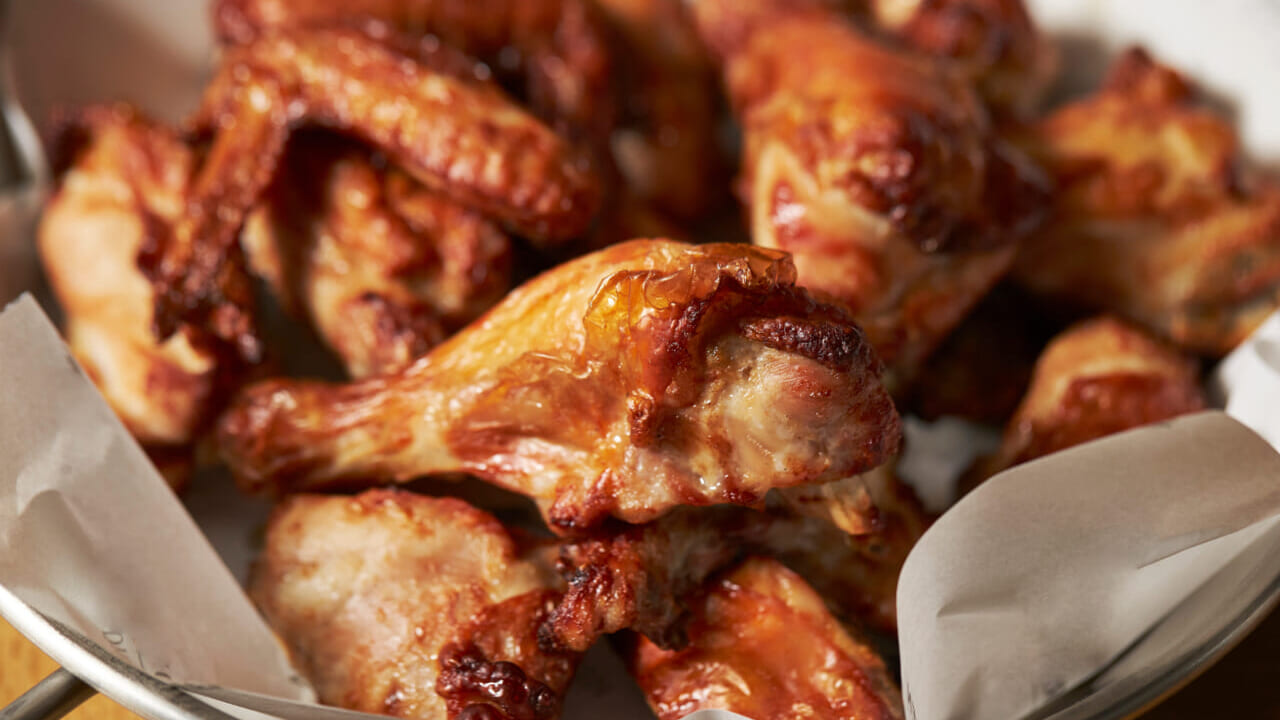Are you ‘high on the hog’? Unpacking our history with pork
African Americans have a complicated relationship with 'the other white meat' but enjoy it more than any other demographic—including this foolproof pork shoulder recipe.
There’s a famous line in the movie Pulp Fiction in which Jules, played by Samuel L. Jackson, calmly tells Vincent, played by John Travolta:
“I just don’t dig on swine.”

Photo: AdobeStock
It’s always been one of my favorite exchanges in the film, not just because of the relaxed and hysterical way Travolta and Jackson play it, but because it deftly navigates how some Black people feel about eating pork.
“Pigs are filthy animals,” Jules goes on to say. “I don’t eat filthy animals.”
That’s not a descriptor—”filthy animals”—that has a whole lot of appeal to folks. But do I like pork? Hell to the yes. I love the smell of bacon crackling in a cast iron skillet, or a thick-cut pork chop on the smoker, or ribs on the grill.
I like the taste even better.
I’m not alone. Black people eat an average of 63 pounds of pork per year per person, more than any other racial demographic, according to the USDA. That’s about 80 half-slabs of ribs, 252 quarter-pound pulled pork sandwiches, and roughly eight whole pork butts.
But on the other hand, some Black people, like Jules (fictional as he may be) won’t eat pork, citing history and religion.
Historically, the term “pig” has been used to denote an unclean person content to wallow in their filth, a characterization that stretches back to Biblical times.
“And the pig, though it has a split hoof completely divided, does not chew the cud; it is unclean for you. You must not eat their meat or touch their carcasses; they are unclean for you,” according to Leviticus 11: 7-9.
The explorer Hernando de Soto brought pigs to America in 1539, and they quickly because a source of sustenance.
But pigs couldn’t outrun their reputation. The phrase “happy as a pig in slop” may have originated in England in the 1870s. The English meant the phrase as, “look how happy he is,” but here, the phrase has continually carried a nasty connotation since pigs wallow in their own muck.
Nevertheless, pork was the main source of meat for white Southerners and the people they enslaved, according to the online resource U.S. History Scene. The enslaved received less desirable cuts of pork and relied on their cooking skills to create edible dishes. As noted by the Pittsburgh-Post Gazette, those bad cuts became some of the staples of soul food meals we still eat today, like chitterlings, and pigs’ feet and tails.
But starting around the 1960s, pork began to lose its luster among Black people. In her essay, In Praise of Pork, Natalie Moore deftly traces the history of the anti-pork movement to the Black Power days.
Brothers and sisters ought to remove the modern-day shackles of racism and inequality that kept them down.
They started shedding anything connected to the earlier days of bondage, like white Christian names—and eating pork.
The Hon. Elijah Muhammad of the Nation of Islam weighed in, calling pigs “the foulest animal. He lives off nothing but filth.” Then, when a group of protestors called police “pigs” during the 1968 Democratic Convention, the pejorative term for cops stuck.
Fast forward to today, and there’s an entirely different outlook on the “other white meat.”
Pork is the most consumed meat in the world, according to the United Nations Food and Agriculture Organization. In the United States, pork is the third most consumed meat, behind chicken and beef. Several studies note lean pork is rich in protein and iron as well as a good source of vitamins and minerals.
Note: “lean pork.” Too much fat in the diet can lead to obesity, high cholesterol, and risk of heart disease, so we always want to cut back on that.
But that leads to a challenge since fat adds flavor—and I love a good, fatty pork shoulder. So for those pork lovers like me, I’ve come up with a full-proof way to make the shoulder I love while cutting—not eliminating—the fat.
It’s a long, slow process that’s easy but requires patience. While I prefer to smoke the shoulder, this is an oven method that’s easier to execute. Here’s what you need:
Cook time: 8.5 hours
One 7-9 pound pork shoulder
3 tablespoons yellow mustard
3 honey
3 tablespoons rub (store-bought is fine)
Aluminum foil
Paper towels
Parchment paper (optional)
Preheat the oven to 300 degrees.
Cover the bottom of a pan with aluminum foil, enough so that it hangs off the edges of the pan. Add in the pork, fat side down. Stir together the mustard, honey, and rub, liberally apply to the top and sides of the shoulder, using all of the mixture.
Completely cover the pork in aluminum foil and bake for three hours. At three hours, uncover, and bake for another three hours. At the end of six hours, turn off the oven, re-cover, at let sit for two more hours.
Take out a large cutting board of another pan and line it with parchment paper and paper towels. At the end of eight hours, gently remove the shoulder from the pan and place it on the board or in the pan. Be careful because the shoulder will still be hot there and will be a lot of grease and juices.
Using paper towels, pat the shoulder dry. Gently turn the shoulder over and expect that it will start falling apart. Remove the bottom layer of fat and discard.
Using two forks, begin shredding the pork and removing spots of fat as you go (if you want).
Once shredded, you can eat the pork as is or add your favorite barbecue sauce.
Enjoy!

Ray Marcano is a longtime, award-winning journalist who has written and edited for some of the country’s most prominent media brands. He’s a former national president of the Society of Professional Journalists, a two-time Pulitzer juror, and a Fulbright Fellow.
TheGrio is FREE on your TV via Apple TV, Amazon Fire, Roku, and Android TV. TheGrio’s Black Podcast Network is free too. Download theGrio mobile apps today! Listen to ‘Writing Black’ with Maiysha Kai.



